Home>Garden Essentials>How To Eat Flax Seeds For Weight Loss
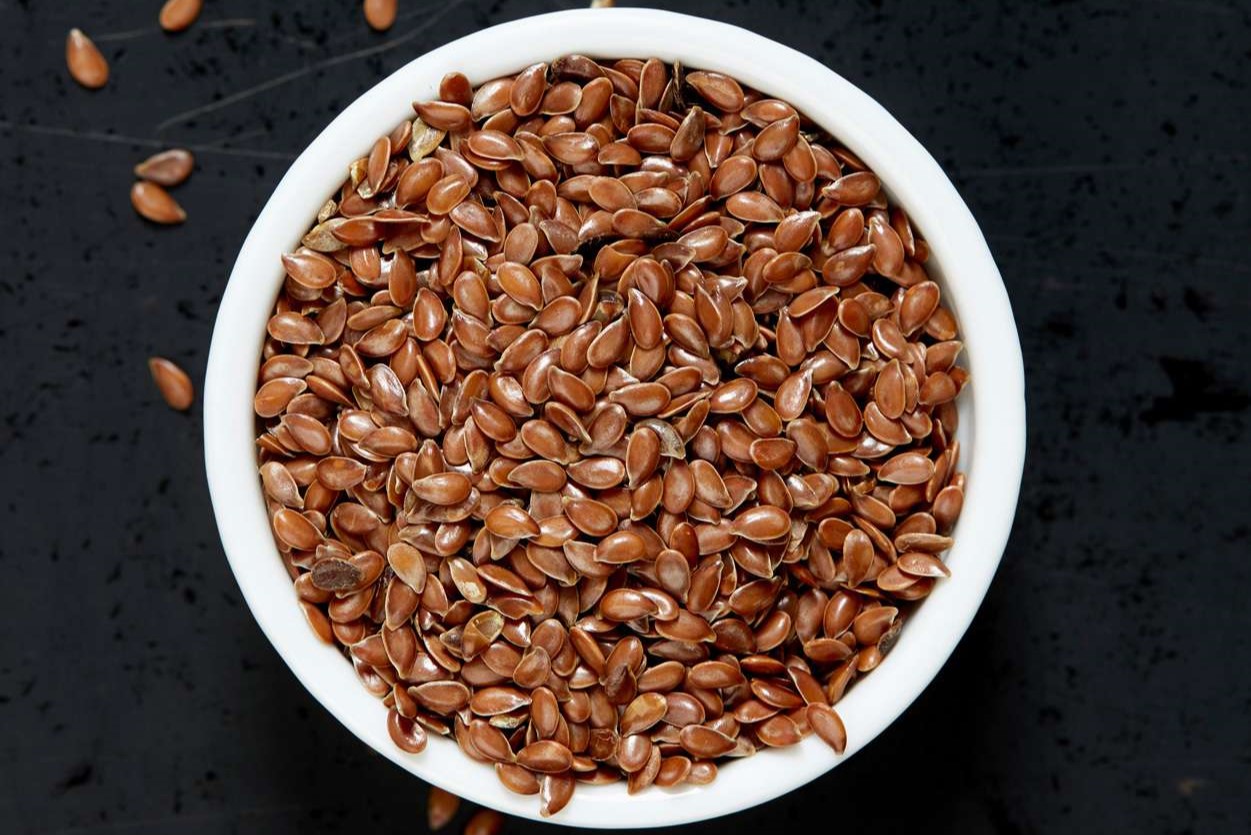

Garden Essentials
How To Eat Flax Seeds For Weight Loss
Modified: March 24, 2024
Discover the best ways to incorporate flax seeds from your garden into your diet and achieve your weight loss goals.
(Many of the links in this article redirect to a specific reviewed product. Your purchase of these products through affiliate links helps to generate commission for Storables.com, at no extra cost. Learn more)
Introduction
Flax seeds have long been praised for their numerous health benefits, including their role in weight loss. These tiny powerhouses are packed with essential nutrients, fiber, and healthy fats that can support your weight loss journey. Incorporating flax seeds into your diet can not only aid in shedding those extra pounds but also promote overall well-being.
Flax seeds are derived from the flax plant, scientifically known as Linum usitatissimum. They have been used for centuries for their medicinal properties and their ability to promote good health. Flax seeds are abundant in omega-3 fatty acids, lignans, and fiber, making them a popular choice among nutrition enthusiasts and health-conscious individuals.
So, if you’re looking for a natural and sustainable way to lose weight, flax seeds may be the answer. In this article, we will explore the various benefits of flax seeds for weight loss and provide you with practical tips on incorporating them into your daily diet.
Key Takeaways:
- Flax seeds offer weight loss benefits by providing fiber, healthy fats, and essential nutrients. They can be incorporated into various meals for a delicious and nutritious boost to your diet.
- When consuming flax seeds, be mindful of potential side effects and precautions, such as allergies, choking hazards, and medication interactions. Consult a healthcare professional if you have concerns.
Benefits of Flax Seeds for Weight Loss
Flax seeds offer several advantages when it comes to weight loss. Here are some key benefits:
- Rich in fiber: Flax seeds are a great source of dietary fiber, which can help you feel fuller for longer periods. This can reduce unnecessary snacking and overeating, ultimately aiding in weight loss. Additionally, fiber supports healthy digestion and regulates bowel movements, preventing constipation.
- Boosts metabolism: The high fiber and protein content of flax seeds can help boost your metabolism. A faster metabolism can assist in burning more calories throughout the day and promoting weight loss.
- Provides healthy fats: Flax seeds are rich in omega-3 fatty acids, which are essential fats that promote heart health and can help reduce inflammation. These healthy fats also play a role in regulating body weight and may help reduce abdominal fat.
- Lignans for hormonal balance: Flax seeds are one of the richest sources of lignans, a type of phytoestrogen. Lignans have been shown to possess estrogen-like properties and may help regulate hormone levels, potentially aiding in weight management.
- Nutrient-packed: Flax seeds are a nutritional powerhouse, containing important vitamins and minerals such as vitamin E, magnesium, and manganese. These nutrients support overall health and can contribute to a well-rounded weight loss plan.
It’s important to note that while flax seeds have considerable benefits for weight loss, they work best when combined with a balanced diet and regular exercise. They should not be considered a miracle solution but rather a valuable addition to a healthy lifestyle.
Ground Flax Seeds vs. Whole Flax Seeds
When it comes to incorporating flax seeds into your diet for weight loss, you have the option of using ground flax seeds or whole flax seeds. Here’s a comparison to help you decide:
Ground Flax Seeds:
Ground flax seeds, also known as flaxseed meal, are made by grinding whole flax seeds into a fine powder. This form of flax seeds offers the following advantages:
- Easier digestion and absorption: Grinding the flax seeds makes them easier for your body to digest and absorb the nutrients. The outer shell of whole flax seeds is not broken down during digestion, possibly limiting your body’s access to the beneficial components.
- Convenience and versatility: Ground flax seeds have a finer texture and can be easily incorporated into various food preparations. They can be added to smoothies, yogurt, oatmeal, or used as an ingredient in baking recipes.
- Extended shelf life: Once flax seeds are ground, they have a shorter shelf life compared to whole flax seeds. It is recommended to store ground flax seeds in an airtight container in the refrigerator to maintain their freshness.
Whole Flax Seeds:
Whole flax seeds refer to the seeds in their natural state, without being ground. Here are the considerations for using whole flax seeds:
- Longer shelf life: Whole flax seeds have a longer shelf life compared to ground flax seeds. Their protective outer shell helps to keep them fresh for a more extended period.
- Flexibility in usage: Whole flax seeds can be used if you prefer a bit of crunch in your food. They can be added to granola, cereal, or used as a topping for salads or soups.
- Need for pre-soaking or grinding: To fully benefit from the nutritional value of whole flax seeds, it is recommended to either soak them before consumption or grind them using a coffee grinder or a mortar and pestle.
Whether you choose ground flax seeds or whole flax seeds, it’s essential to store them in a cool, dry place to maintain their freshness and nutrient content.
How to Incorporate Flax Seeds into Your Diet
Adding flax seeds to your daily diet is a simple and effective way to obtain their weight-loss benefits. Here are various ways to incorporate flax seeds into your meals:
1. Adding Flax Seeds to Smoothies and Shakes:
A great way to start your day is by adding a tablespoon of ground flax seeds to your favorite smoothie or shake. This not only boosts the nutritional value of your drink but also adds a subtle nutty flavor. Blend well to ensure the flax seeds are fully incorporated.
2. Using Flax Seeds as a Topping for Yogurt and Oatmeal:
Sprinkle ground or whole flax seeds on top of your yogurt or bowl of oatmeal. The combination of textures and flavors adds a delightful crunch and nuttiness to your breakfast. It’s a simple and quick way to introduce flax seeds into your morning routine.
3. Sprinkling Flax Seeds onto Salads and Soups:
Enhance the nutritional profile of your salads and soups by garnishing them with a sprinkle of ground flax seeds. They add a nice textural contrast while providing a boost of fiber, healthy fats, and essential nutrients. They can be a healthy replacement for croutons or other high-calorie toppings.
4. Flax Seeds in Baking Recipes:
Flax seeds can be used as an egg substitute in vegan baking or as a nutritious addition to your favorite baked goods. To substitute one egg, mix one tablespoon of ground flax seeds with three tablespoons of water and let it sit for a few minutes until it forms a gel-like consistency. Use this mixture in your recipe as you would for an egg.
Remember, it’s best to consume ground flax seeds rather than whole flax seeds to ensure proper digestion and nutrient absorption. You can grind them yourself using a coffee grinder or purchase pre-ground flax seeds for convenience.
Start with small amounts, like one to two tablespoons per day, and gradually increase your intake as your body adjusts. It’s important to listen to your body and make sure you’re not consuming excessive amounts of flax seeds, as they are dense in calories.
By incorporating flax seeds into your diet in various creative ways, you can reap their weight-loss benefits while enjoying the versatility and nutritional value they offer.
Adding Flax Seeds to Smoothies and Shakes
Smoothies and shakes provide a delicious and convenient way to boost your nutrition, and adding flax seeds can take them to the next level. Flax seeds are a versatile ingredient that can enhance the flavor and nutritional value of your drinks. Here’s how you can incorporate flax seeds into your smoothies and shakes:
Step 1: Choose Ground Flax Seeds
When adding flax seeds to your smoothies and shakes, it’s best to use ground flax seeds. Grinding the flax seeds helps to break down their tough outer shell, enabling your body to digest and absorb the nutrients more efficiently. Ground flax seeds also blend seamlessly into your drinks, providing a smoother texture.
Step 2: Measure the Amount of Flax Seeds
Start by measuring out the desired amount of ground flax seeds. A tablespoon or two is typically sufficient for a single serving smoothie or shake. Remember that flax seeds are packed with nutrients but also contain calories, so it’s essential to monitor your portion sizes.
Step 3: Blend with Other Ingredients
Add the measured flax seeds to your blender along with the other ingredients for your smoothie or shake. This can include a variety of fruits, vegetables, dairy or non-dairy milk, yogurt, protein powder, or sweeteners like honey or maple syrup. Feel free to experiment with different flavor combinations based on your preferences.
Step 4: Blend until Smooth
Blend all the ingredients together until you achieve a smooth and creamy consistency. This process will help to break down the flax seeds further and ensure they are well-incorporated into your drink. If you prefer a chunkier texture, you can pulse the blender or leave some whole flax seeds for added crunch.
Step 5: Enjoy Immediately
Pour your freshly blended smoothie or shake into a glass, and enjoy it right away to take advantage of its freshness and maximum nutritional value. Flax seeds can add a pleasant nutty flavor to your drink, complementing the other ingredients and enhancing their overall taste.
Remember that flax seeds absorb liquid, so if you prefer a thicker consistency, you can add less liquid to your recipe. Conversely, if you prefer a thinner consistency, you can add more liquid or adjust the amount of flax seeds accordingly.
By incorporating flax seeds into your smoothies and shakes, you’re not only adding a nutrient-rich ingredient but also reaping the weight-loss benefits they offer. Enjoy the versatility and health benefits of flax seeds in your daily drinks as you embark on your journey towards a healthier lifestyle.
Add ground flax seeds to smoothies, yogurt, oatmeal, or baked goods for a boost of fiber and omega-3 fatty acids to support weight loss.
Read more: How To Use Black Seed Oil For Weight Loss
Using Flax Seeds as a Topping for Yogurt and Oatmeal
Yogurt and oatmeal are popular breakfast options that can be supercharged with the addition of flax seeds. Not only does this give your meal a nutty flavor and crunchy texture, but it also provides a nutritious boost to support your weight loss goals. Here’s how you can use flax seeds as a topping for yogurt and oatmeal:
Step 1: Gather Your Ingredients
Before starting, gather all the ingredients you’ll need: plain or Greek yogurt, cooked oatmeal, and ground flax seeds. You can choose whether to use ground flax seeds or whole flax seeds based on your personal preference. However, ground flax seeds are typically easier to incorporate into your breakfast and offer better nutrient absorption.
Step 2: Start with a Base
Begin by preparing a base of yogurt or oatmeal. Consider using unsweetened yogurt to keep the sugar content in check, and choose old-fashioned rolled oats or steel-cut oats for a hearty oatmeal base. Cook the oats according to the package instructions or use overnight oats if you prefer a no-cook option.
Step 3: Sprinkle with Flaxseeds
Once your yogurt or oatmeal is prepared, sprinkle a tablespoon or two of flax seeds on top. If using whole flax seeds, you can choose to grind them slightly using a mortar and pestle or leave them whole for added crunch. If using ground flax seeds, simply sprinkle them directly on the yogurt or oatmeal.
Step 4: Add Flavorful Enhancements
To enhance the flavors and add additional nutrients, consider adding other toppings to your yogurt or oatmeal. These can include fresh fruits like berries or sliced bananas, a drizzle of honey or maple syrup for natural sweetness, and a sprinkle of nuts or seeds for extra crunch and healthy fats.
Step 5: Mix and Enjoy!
Once you’ve added your desired toppings, gently mix everything together to ensure the flavors and textures are well combined. Take a moment to appreciate the vibrant colors and textures of your creation, and then dig in! Enjoy the delicious and nutritious combination of yogurt or oatmeal, flax seeds, and other wholesome ingredients.
This combination of flax seeds, yogurt, and oatmeal provides a well-rounded and satisfying breakfast that is packed with fiber, protein, and healthy fats. These nutrients contribute to weight loss by helping you stay satiated, improving digestion, and providing essential vitamins and minerals to support overall well-being.
Remember to experiment with different flavor combinations and toppings to keep your breakfast exciting and enjoyable. By incorporating flax seeds as a topping for yogurt and oatmeal, you’re taking a delicious and nutritious step towards achieving your weight loss goals.
Sprinkling Flax Seeds onto Salads and Soups
When it comes to incorporating flax seeds into your diet, salads and soups provide a fantastic opportunity to add an extra nutritional boost. Sprinkling flax seeds onto salads and soups not only enhances their flavor and texture but also introduces a wealth of health benefits. Here’s how you can incorporate flax seeds into your salads and soups:
Step 1: Choose Your Base
Begin by preparing your salad or soup base. For salads, opt for fresh and nutrient-rich greens like spinach, kale, or mixed lettuce. For soups, you can choose your favorite vegetable or protein-based soup, such as lentil soup or minestrone. Be sure to keep your soup or salad as low in added fats and sugars as possible to maximize the health benefits.
Step 2: Determine the Amount of Flax Seeds
Decide on the desired amount of flax seeds you want to sprinkle onto your salad or soup. One to two tablespoons of flax seeds is typically sufficient for a single serving, although you can adjust the amount to suit your personal preference. Keep in mind that flax seeds are calorie-dense, so moderation is key.
Step 3: Sprinkle Flax Seeds
Once you have prepared your salad or soup, sprinkle the desired amount of flax seeds on top. You can use either ground flax seeds for a smooth texture or whole flax seeds for added crunch. Ensure an even distribution by gently tossing the salad or stirring the soup after adding the flax seeds.
Step 4: Add Additional Toppings
To further enhance the flavor and nutritional profile of your salad or soup, consider adding additional toppings. You can include sliced avocado, cherry tomatoes, cucumber, bell peppers, or any other vegetables of your choice. For added protein, consider adding grilled chicken, chickpeas, or tofu. Fresh herbs like cilantro or basil can provide a burst of freshness.
Step 5: Enjoy Your Nutrient-Packed Meal
Once you have added the flax seeds and any additional toppings, it’s time to savor your creation. Take a moment to appreciate the vibrant colors and textures before you dig in. Enjoy how the flax seeds add a nutty flavor and subtle crunch to your salad or soup, enhancing the overall eating experience.
Sprinkling flax seeds onto salads and soups not only adds a delightful texture but also increases the fiber, healthy fats, and essential nutrients in your meal. Flax seeds are packed with omega-3 fatty acids, lignans, and fiber, which support heart health, digestion, and weight loss goals.
Remember to store your flax seeds properly to maintain their freshness and nutritional value. Store them in a cool, dark place in an airtight container. Ground flax seeds should ideally be refrigerated to prevent them from going rancid.
By incorporating flax seeds into your salads and soups, you’re not only elevating the taste and texture but also prioritizing your health and well-being.
Flax Seeds in Baking Recipes
If you enjoy baking, you’ll be thrilled to know that flax seeds can be a valuable addition to your recipes. Incorporating flax seeds into your baking not only adds a nutritional boost but also imparts a pleasant nutty flavor and unique texture to your creations. Here’s how you can use flax seeds in your baking recipes:
Step 1: Choose Ground Flax Seeds
When using flax seeds in baking, it is recommended to use ground flax seeds. Grinding flax seeds makes their nutrients more accessible and ensures proper incorporation into your recipes. You can either purchase pre-ground flax seeds or grind them yourself using a coffee grinder or blender.
Step 2: Substitute Flax Seeds for Eggs
One of the most common uses of flax seeds in baking is as an egg substitute, making it a valuable option for vegan or egg-free recipes. To substitute one egg, mix one tablespoon of ground flax seeds with three tablespoons of water. Let the mixture sit for a few minutes until it thickens and forms a gel-like consistency similar to an egg. Then, use this flaxseed “gel” in your recipe as you would use an egg.
Step 3: Enhance Nutritional Value
Aside from using flax seeds as an egg substitute, you can also incorporate them for their nutritional benefits. Add a few tablespoons of ground flax seeds to your favorite muffin, bread, or cake recipes to increase their fiber content and impart a delightful nutty taste. You can start with a smaller amount and gradually increase it based on your preferences.
Step 4: Experiment with Flavor Combinations
Flax seeds can be versatile in various baking recipes, allowing you to experiment with different flavors. Combine them with ingredients like cinnamon, vanilla extract, or cocoa powder to create delicious and nutritious treats. Consider using them in cookies, energy bars, granola bars, or even in homemade crackers for added texture and flavor.
Step 5: Store Properly
Once you’ve incorporated flax seeds into your baking recipes, it’s important to store the finished products properly. Place them in airtight containers or resealable bags to maintain their freshness and prevent them from becoming stale or losing their nutritional value. If you prefer a longer shelf life, you can store baked goods in the refrigerator or freezer.
Flax seeds offer a natural and nutrient-rich addition to your baking endeavors. They add depth of flavor, a satisfying crunch, and a host of health benefits to your treats, all while keeping them moist and delectable.
Remember to keep in mind that flax seeds can alter the texture and binding properties of your baked goods. It is recommended to gradually experiment with incorporating flax seeds into your recipes to find the right balance and ensure the best results.
Get creative and explore the endless possibilities of using flax seeds in your baking. With a little experimentation, you can enjoy the nutritional benefits and unique taste that flax seeds bring to your homemade creations.
Precautions and Side Effects of Flax Seeds
While flax seeds offer numerous health benefits, it’s important to be aware of some precautions and potential side effects associated with their consumption. These considerations can help you enjoy the benefits of flax seeds while minimizing any potential risks. Here’s what you need to know:
Allergies:
Some individuals may be allergic to flax seeds. If you have known allergies to seeds or have experienced allergic reactions after consuming seeds in the past, it is best to avoid flax seeds and consult with a healthcare professional.
Choking Hazard:
Flax seeds are small and can pose a choking hazard, especially if consumed whole. To prevent this, it is recommended to either grind the flax seeds or chew them thoroughly before swallowing.
Stomach Discomfort:
Consuming large amounts of flax seeds can cause stomach discomfort, including bloating, gas, and abdominal cramps. Start with small quantities, such as one to two tablespoons per day, and gradually increase your intake to allow your body to adjust. Drinking plenty of water is also important to aid digestion.
Interference with Medications:
Flax seeds contain compounds that may interfere with the absorption or effectiveness of certain medications. If you are taking any medications, especially blood-thinning medications or hormone therapies, consult with your healthcare provider before incorporating flax seeds into your diet.
Pregnancy and Breastfeeding:
Flax seeds are generally considered safe during pregnancy and breastfeeding when consumed in moderate amounts. However, it is advisable to consult with your healthcare provider before including flax seeds in your diet, as individual circumstances may vary.
Diabetes and Blood Sugar Levels:
Flax seeds may have an impact on blood sugar levels due to their fiber content. If you have diabetes or are taking medications to control blood sugar levels, monitor your blood sugar levels closely when incorporating flax seeds into your diet. Consult with a healthcare professional for personalized guidance.
Sensitive to Estrogen-Like Effects:
Flax seeds contain lignans, which have estrogen-like properties. If you have a hormone-related condition, such as breast cancer or uterine fibroids, consult with your healthcare provider before consuming flax seeds to ensure they are appropriate for your particular situation.
Everyone’s body is unique, and individual reactions to flax seeds may vary. If you experience any adverse effects after consuming flax seeds, discontinue use and consult with a healthcare professional.
It’s always a good idea to buy high-quality flax seeds from reputable sources and store them in a cool, dark place to maintain freshness and maximize their nutritional value.
By being aware of these precautions and potential side effects, you can safely enjoy the many health benefits that flax seeds offer.
Read more: How To Eat Chia And Flax Seeds
Conclusion
Incorporating flax seeds into your diet can be a game-changer for your weight loss journey and overall well-being. These tiny powerhouses are packed with essential nutrients, fiber, and healthy fats that offer numerous benefits. From supporting weight loss and boosting metabolism to providing necessary nutrients and aiding in digestion, flax seeds are a valuable addition to any diet.
Whether you choose to include ground flax seeds in your smoothies and shakes, sprinkle them onto yogurt and oatmeal, incorporate them into salads and soups, or use them in baking recipes, there are countless ways to enjoy the benefits of flax seeds.
While flax seeds are generally safe for consumption, it’s important to exercise caution if you have any known allergies, are taking certain medications, or have specific medical conditions. Always consult with a healthcare professional if you have any concerns or questions.
Remember to start with smaller quantities of flax seeds and gradually increase your intake to allow your body to adjust. Drinking plenty of water is essential to aid digestion and maximize the benefits of flax seeds.
Flax seeds should not be seen as a magic solution for weight loss or overall health. They work best when combined with a balanced diet, regular exercise, and a holistic approach to wellness.
In conclusion, incorporating flax seeds into your daily diet can be a simple yet effective way to nourish your body and support your weight loss efforts. Enjoy their nutty flavor, add them to your favorite recipes, and explore the versatility they offer. With their array of nutrients and health-promoting properties, flax seeds can make a wonderful addition to a healthy, balanced lifestyle.
Frequently Asked Questions about How To Eat Flax Seeds For Weight Loss
Was this page helpful?
At Storables.com, we guarantee accurate and reliable information. Our content, validated by Expert Board Contributors, is crafted following stringent Editorial Policies. We're committed to providing you with well-researched, expert-backed insights for all your informational needs.
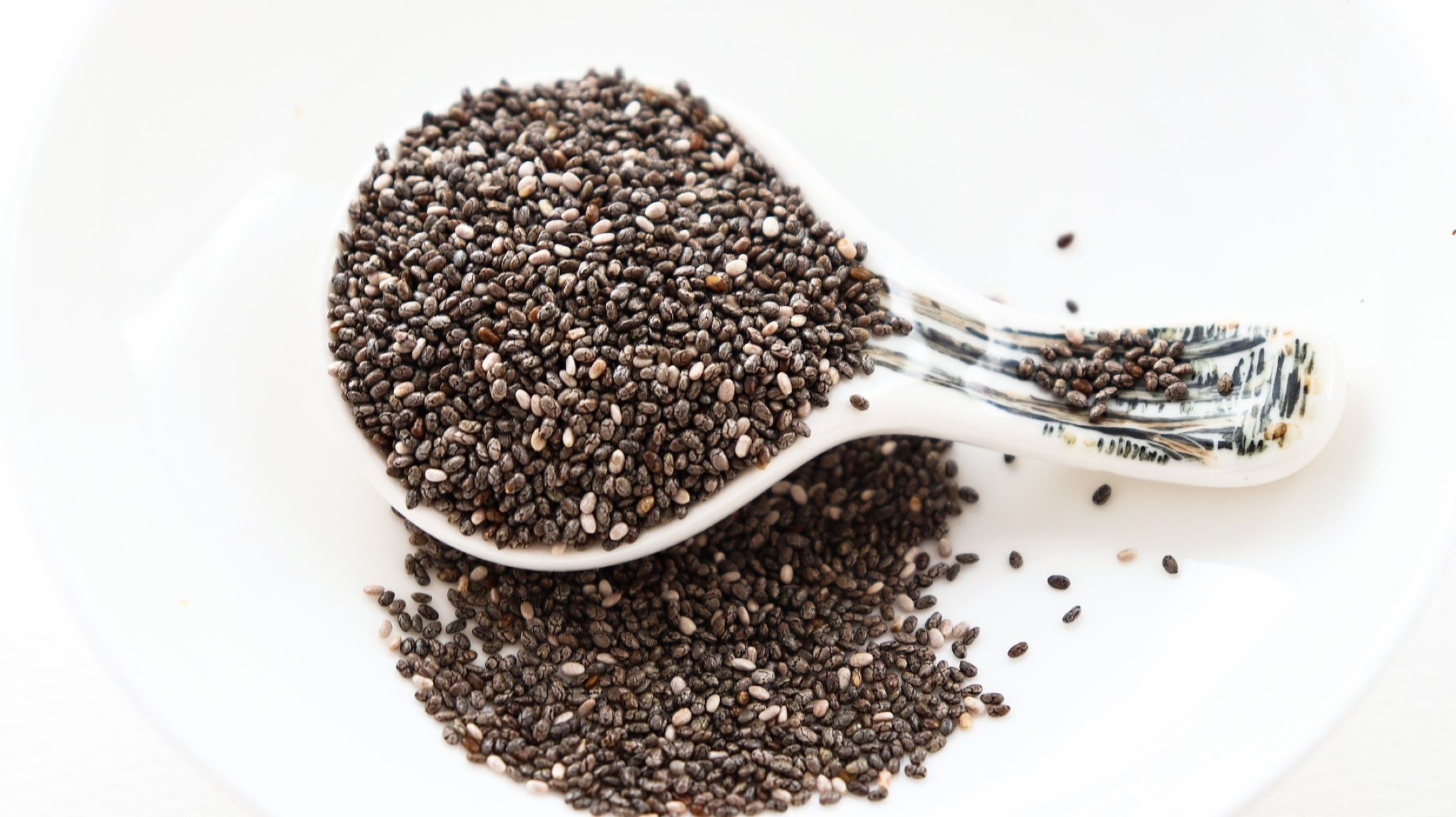
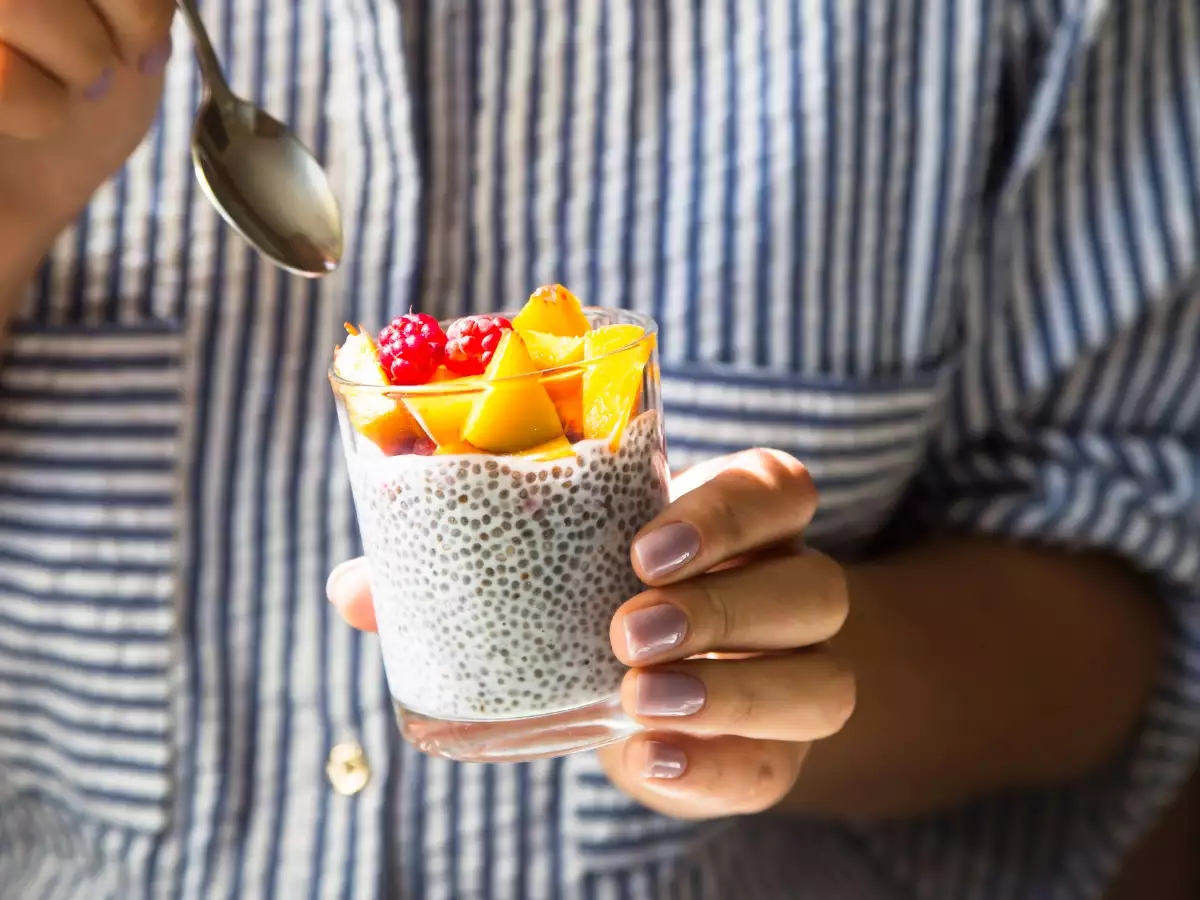
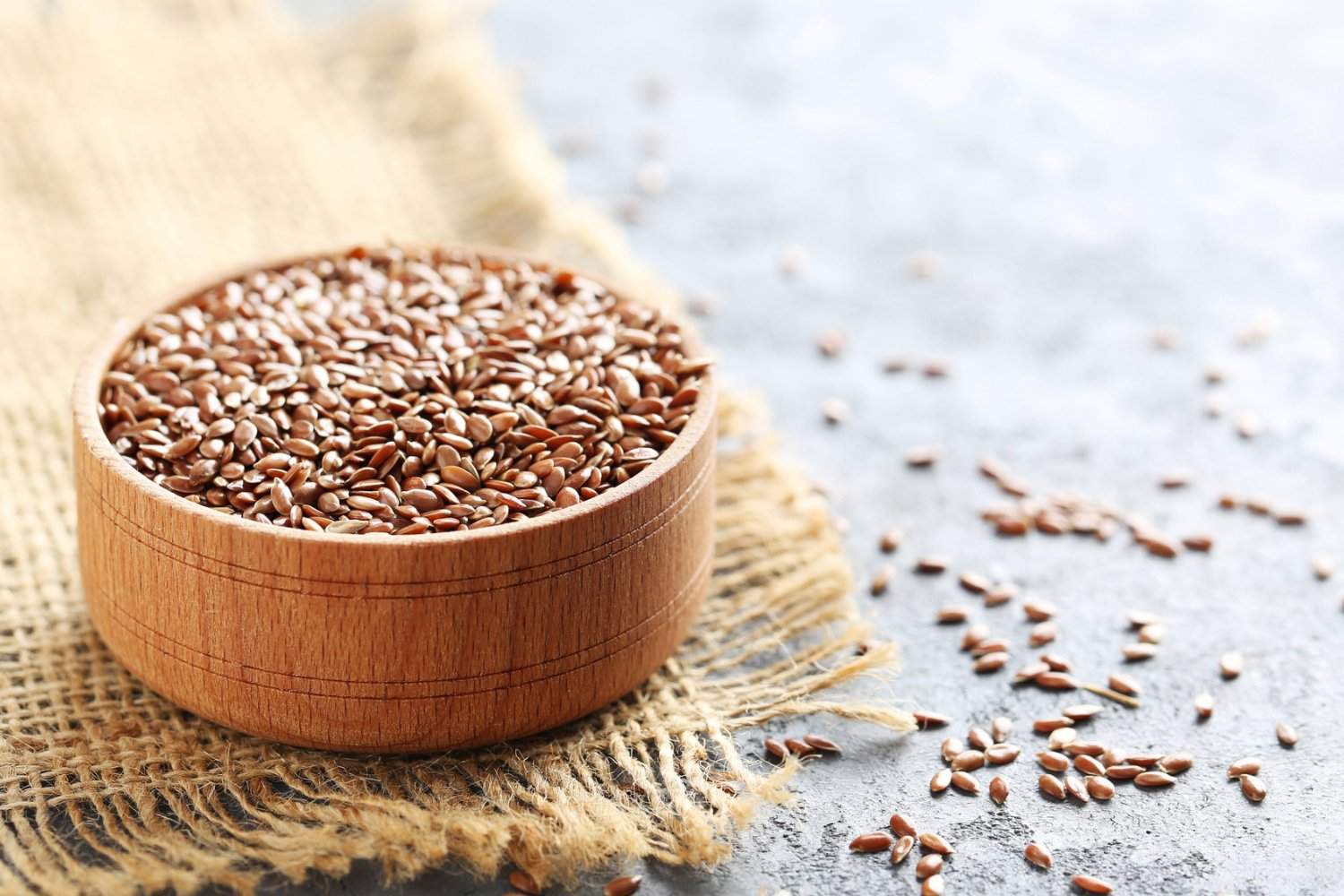
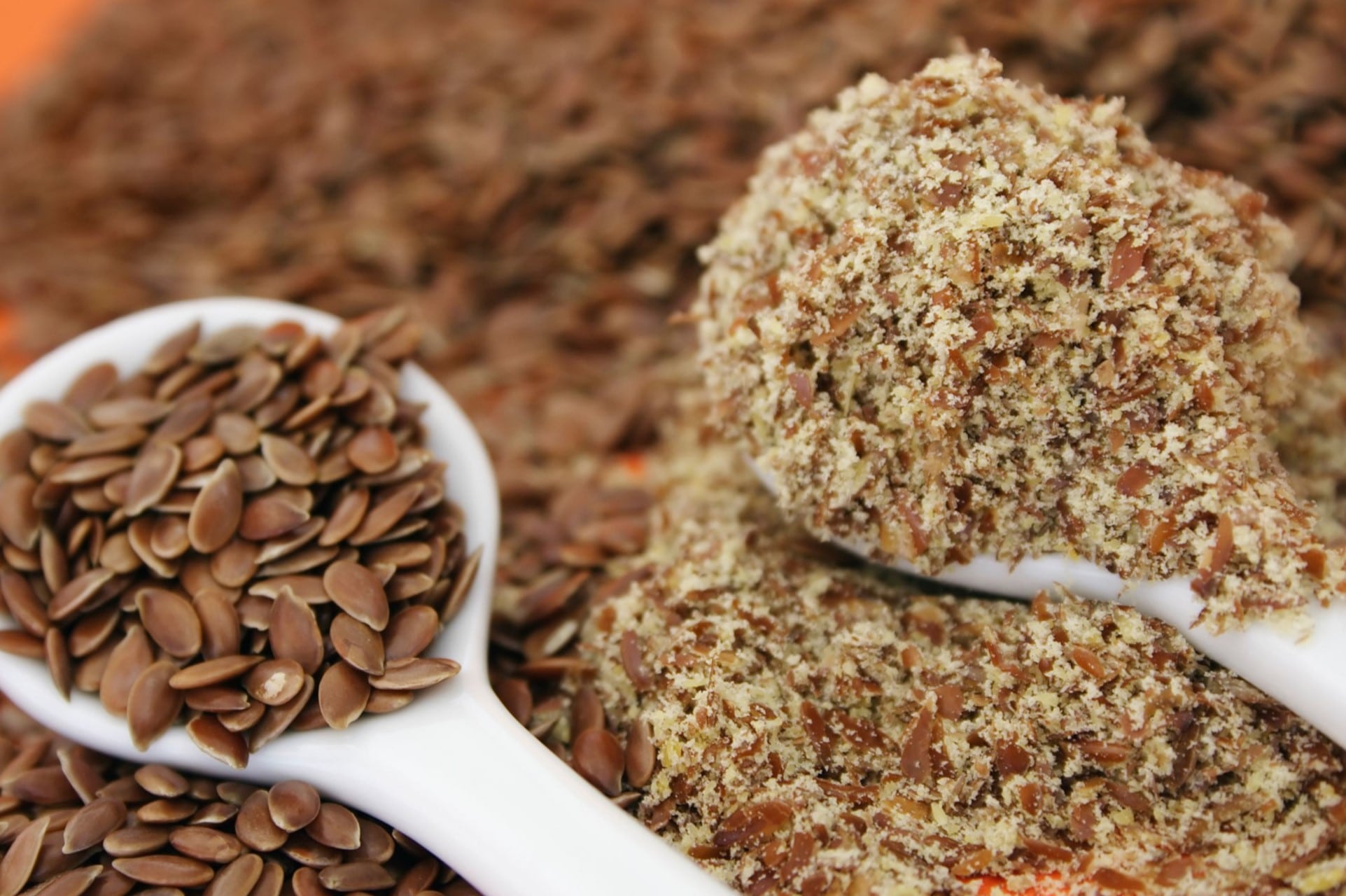
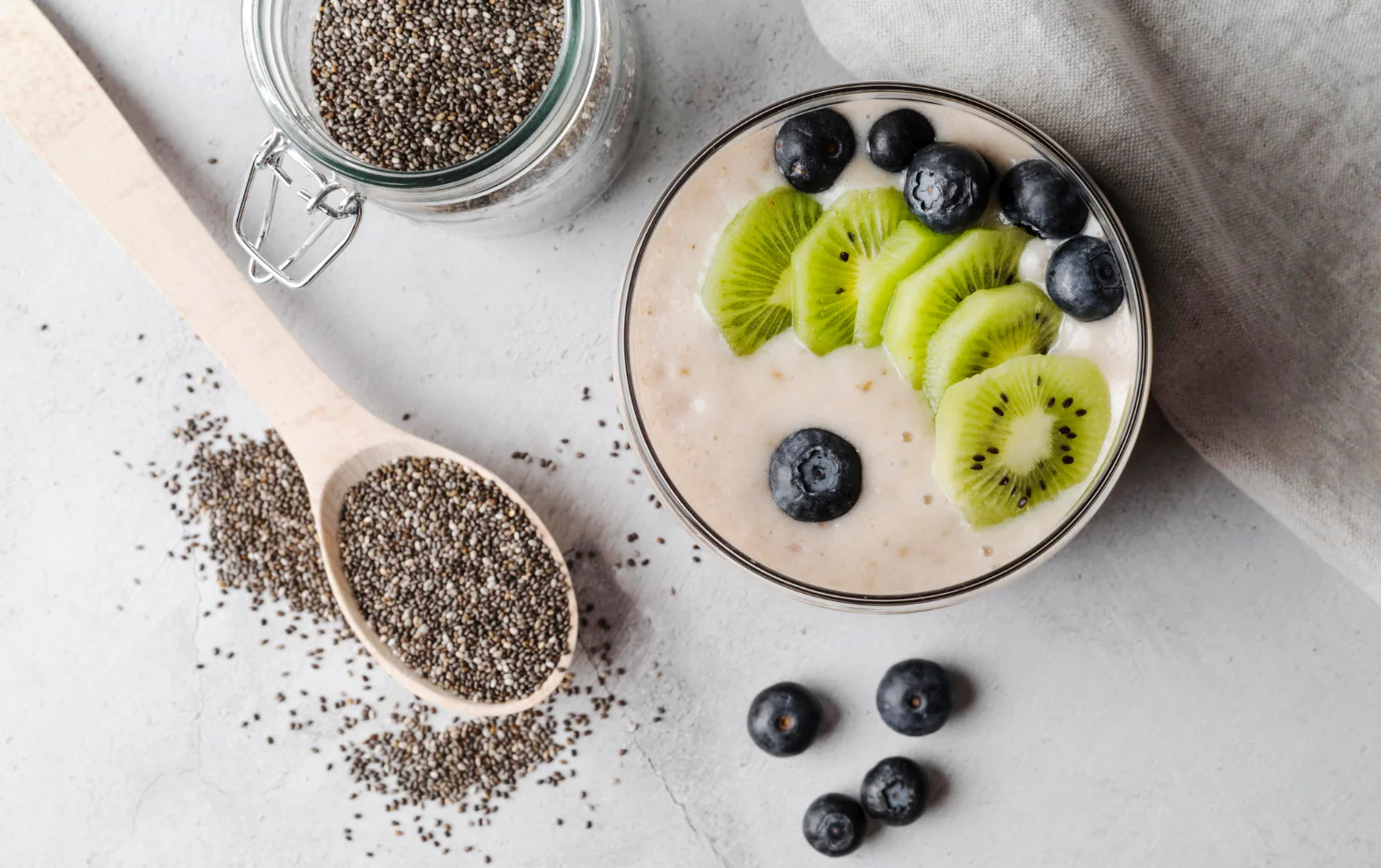
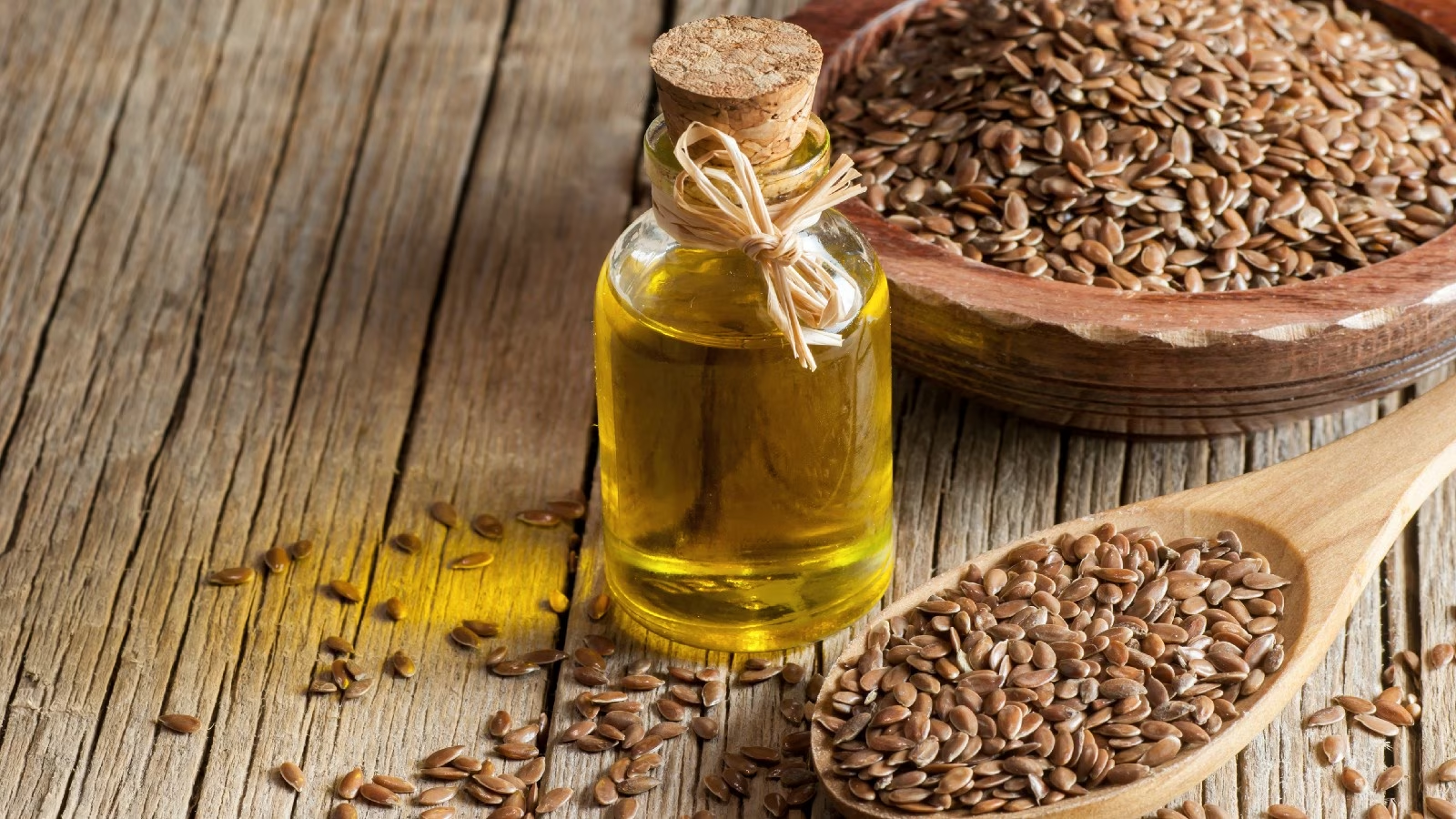
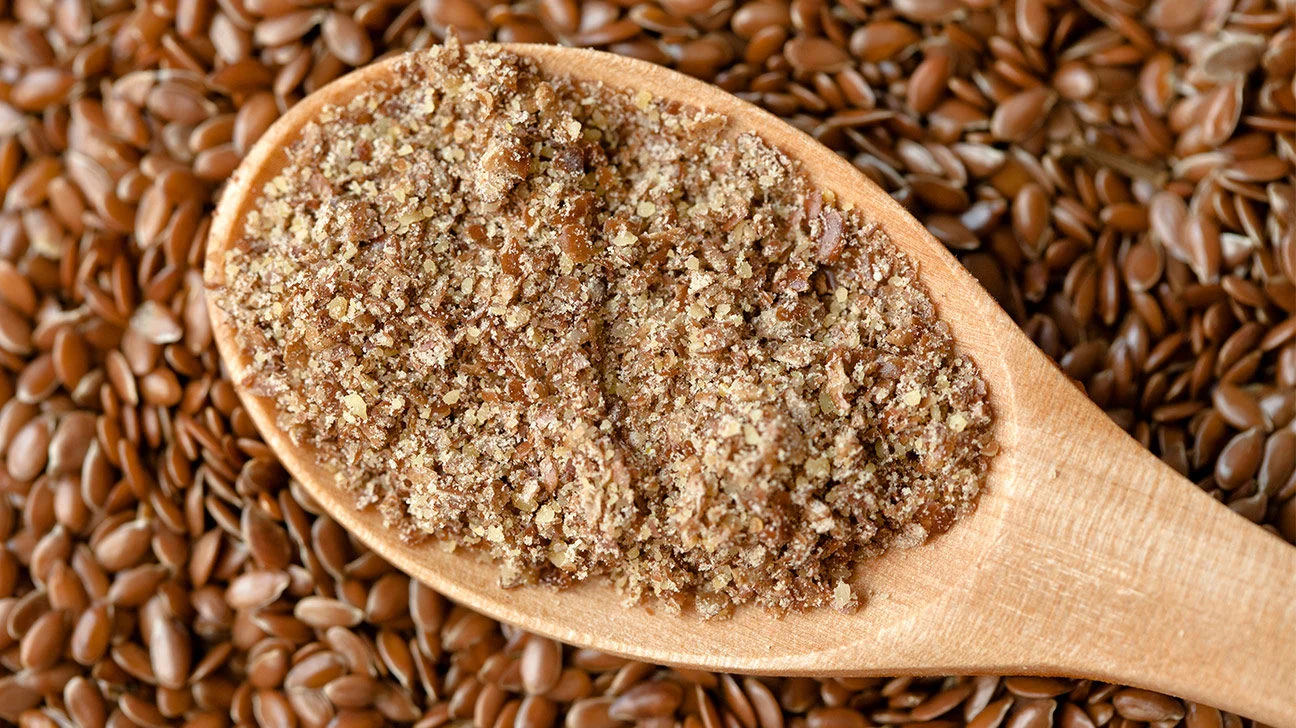
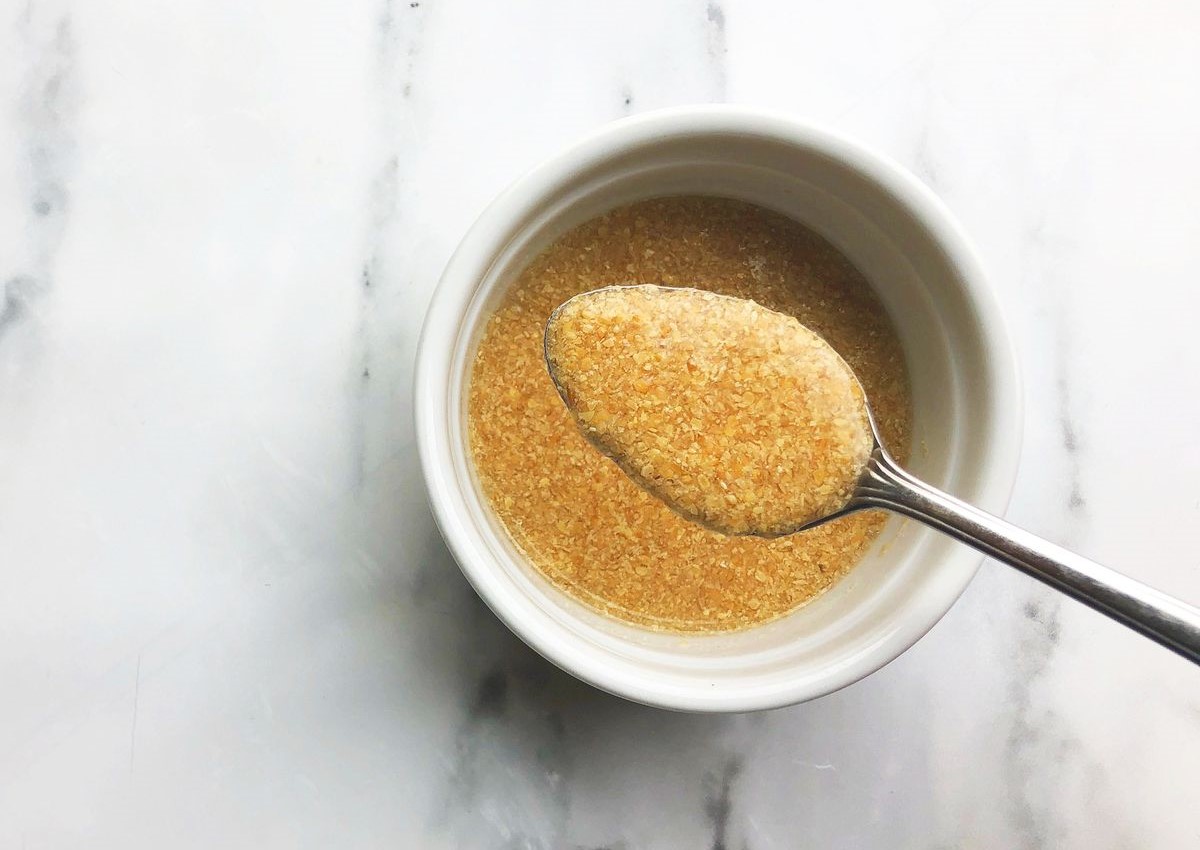
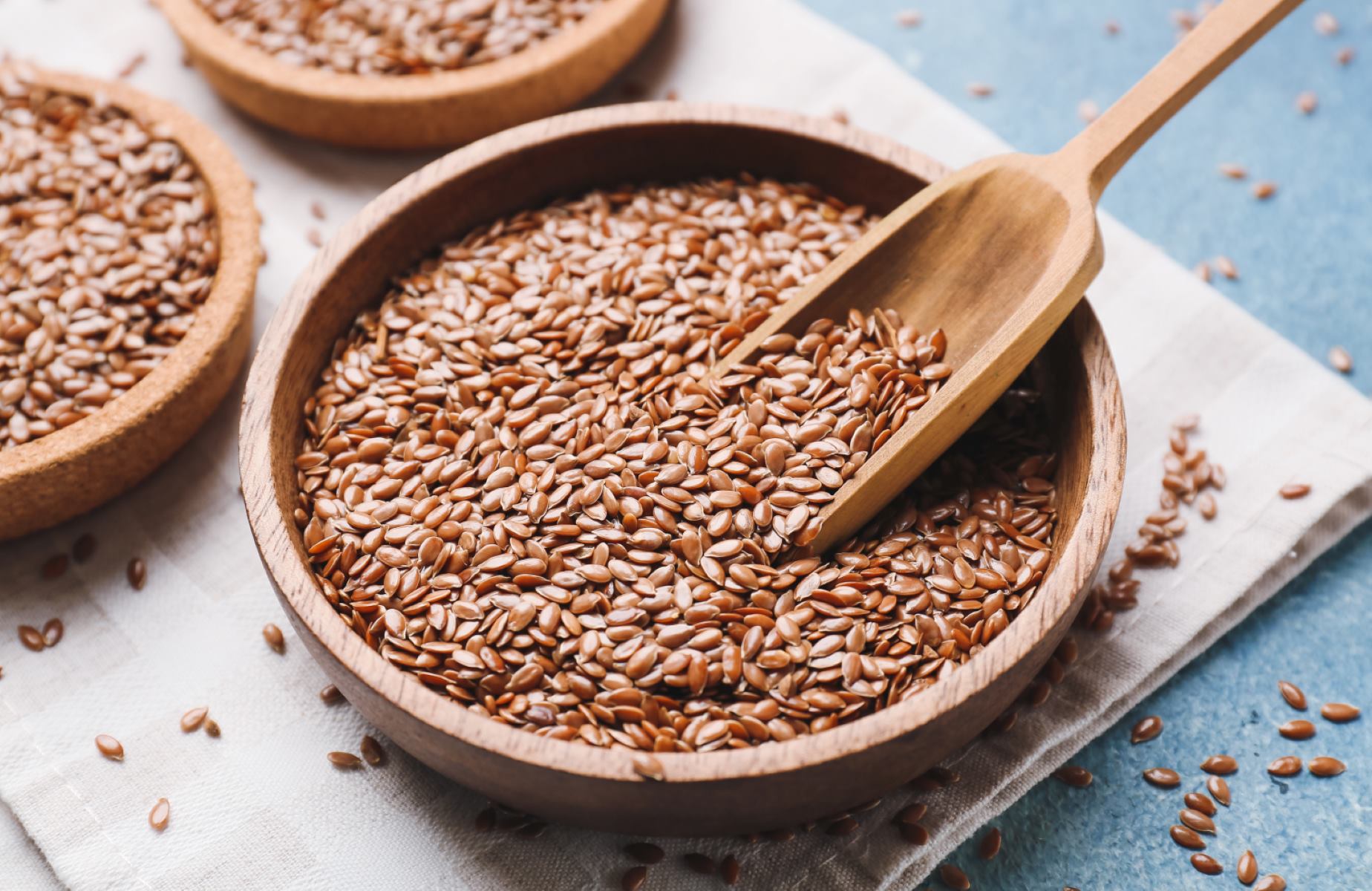
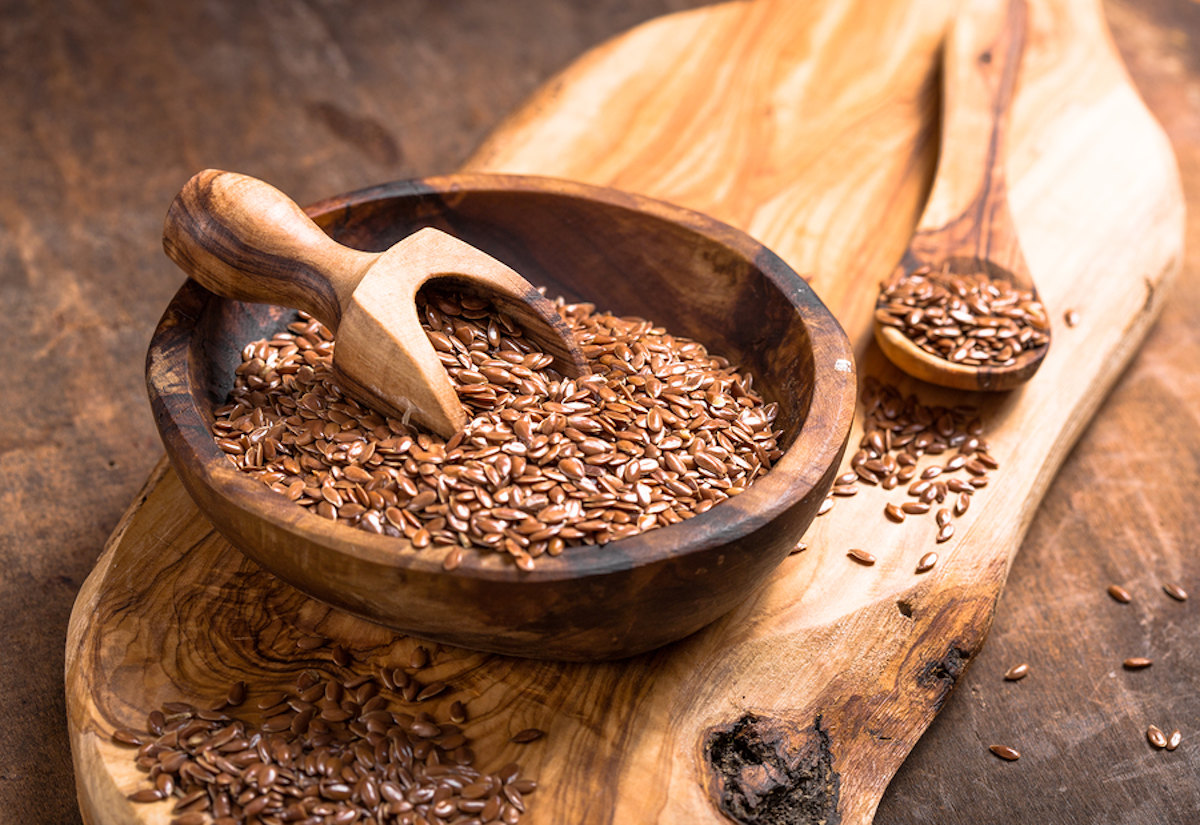
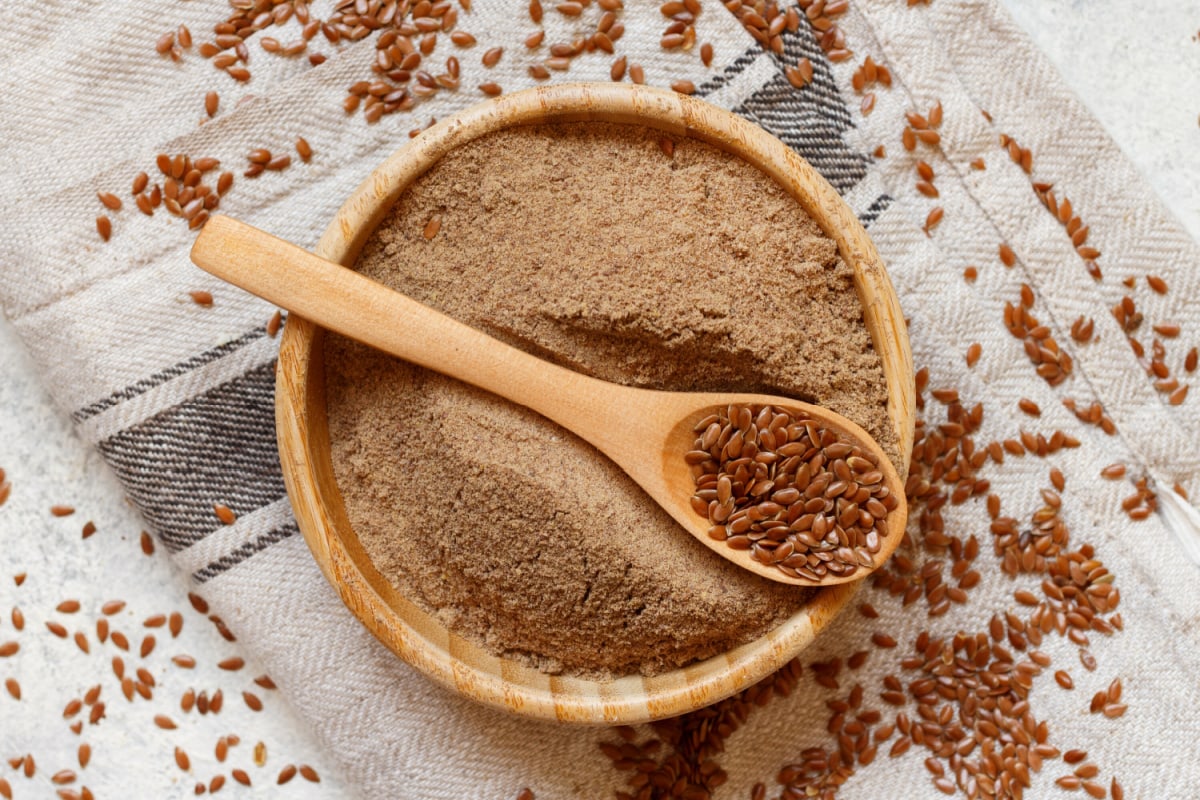
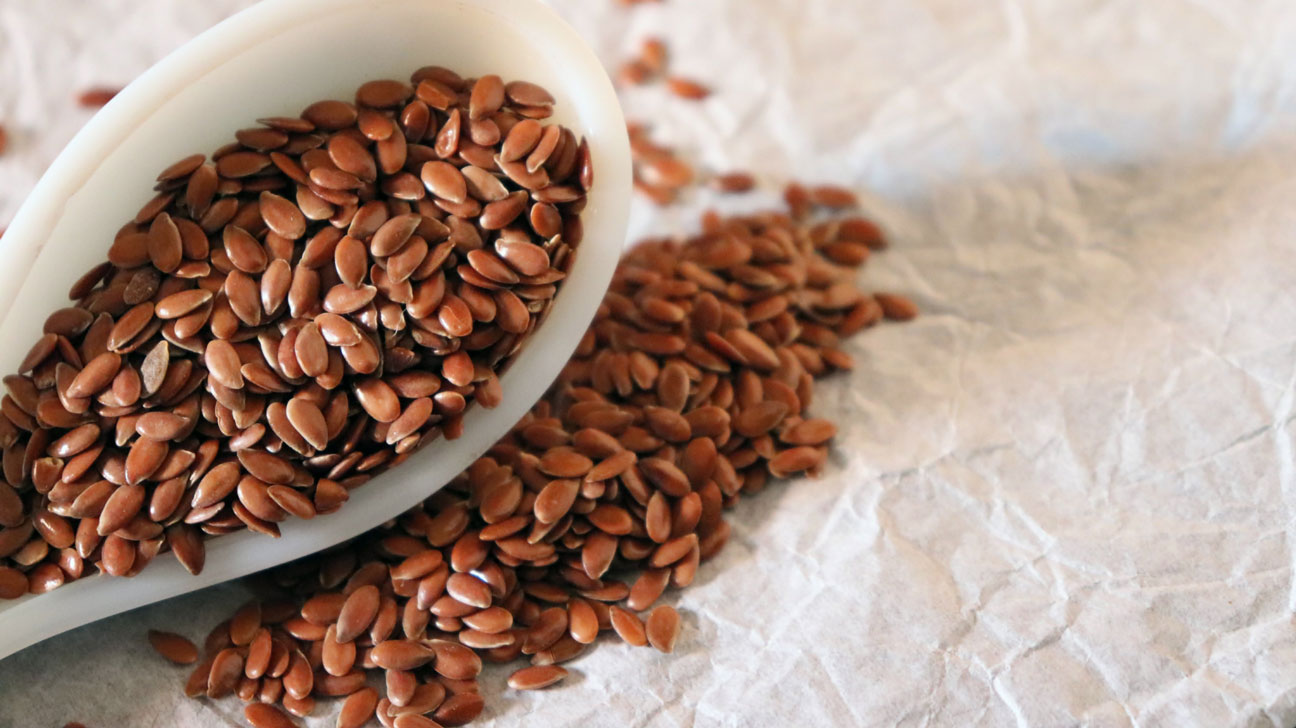
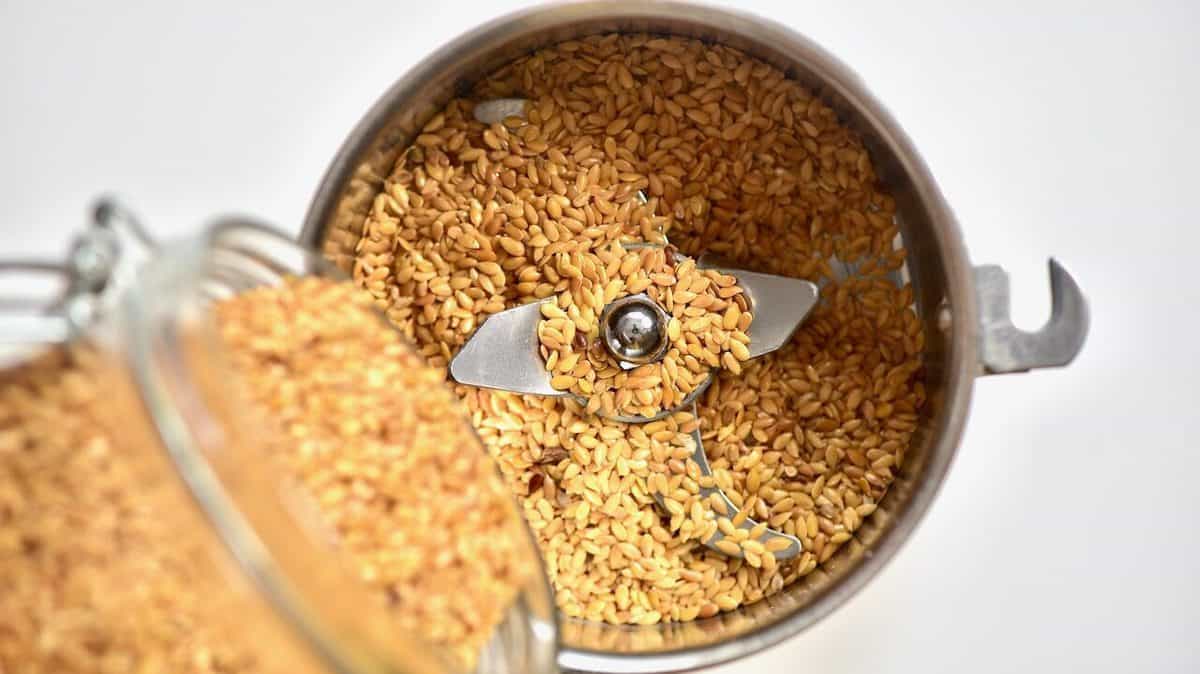

0 thoughts on “How To Eat Flax Seeds For Weight Loss”